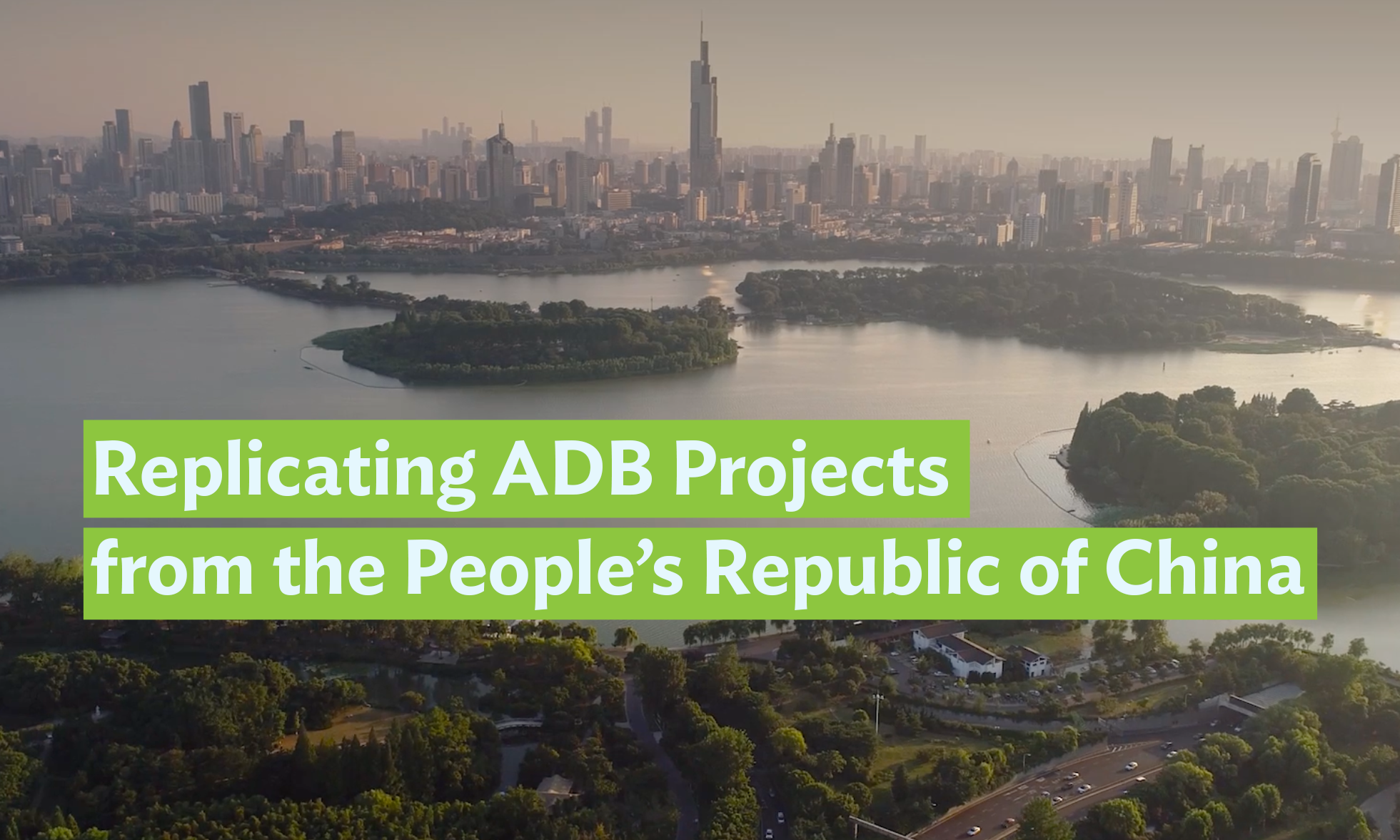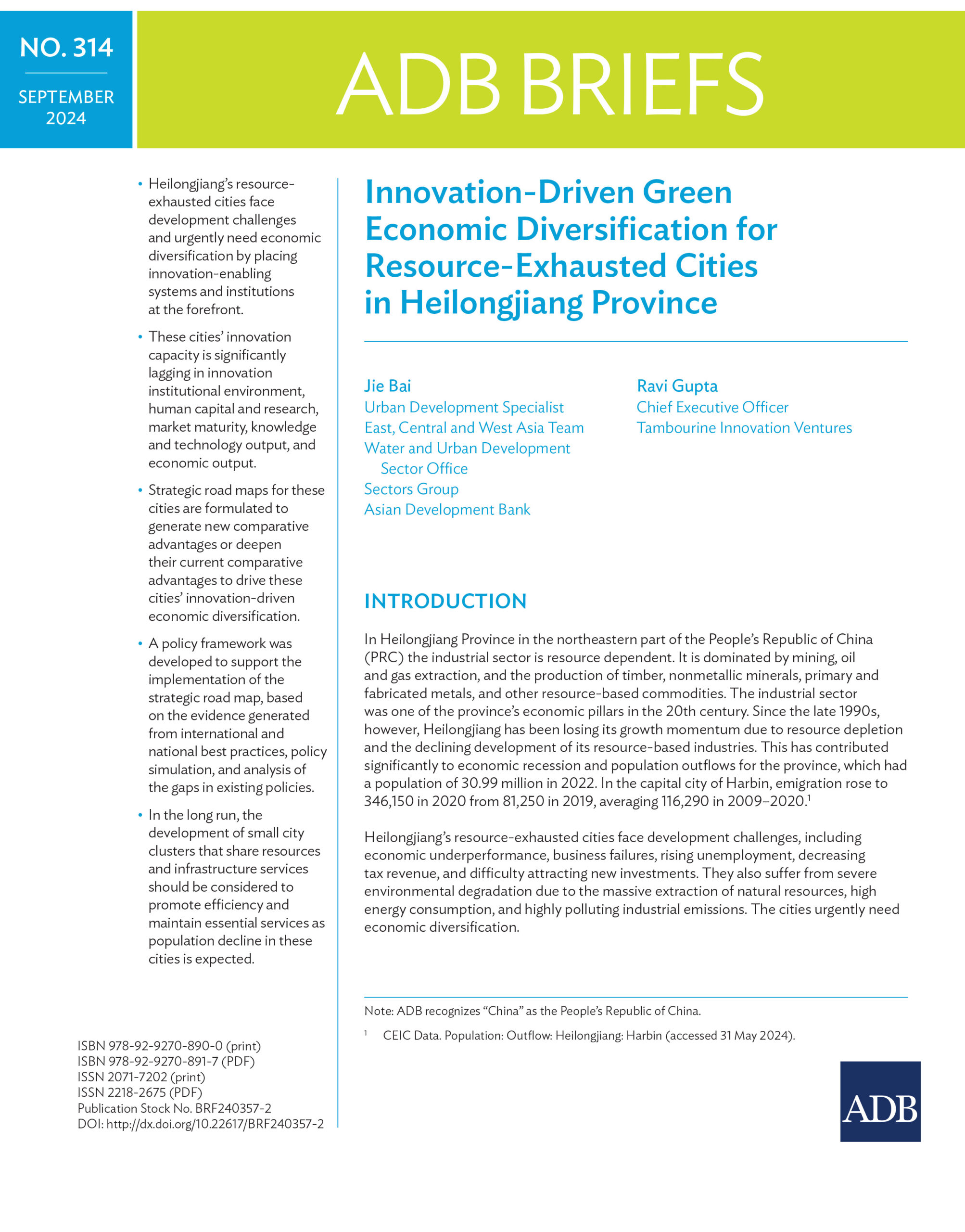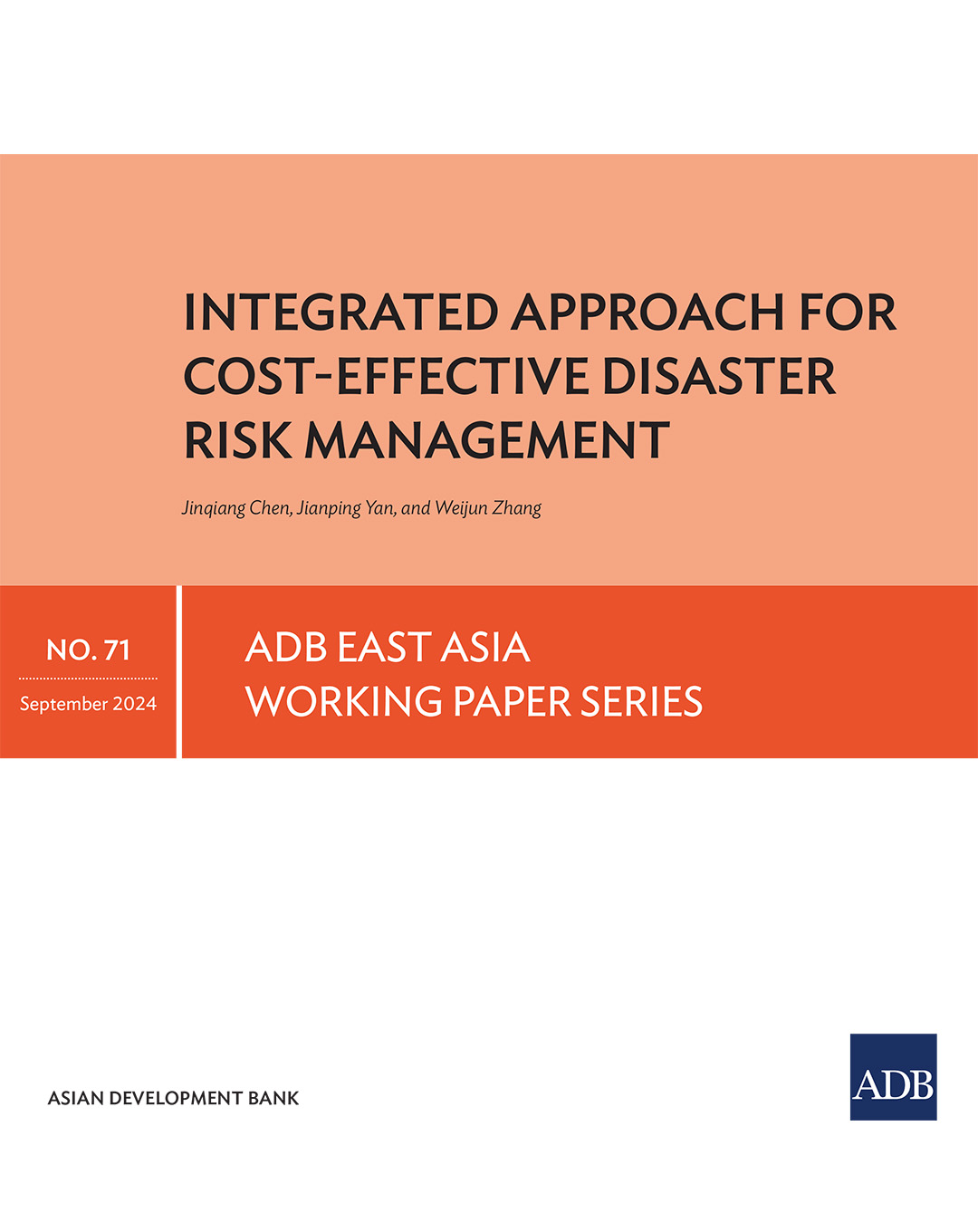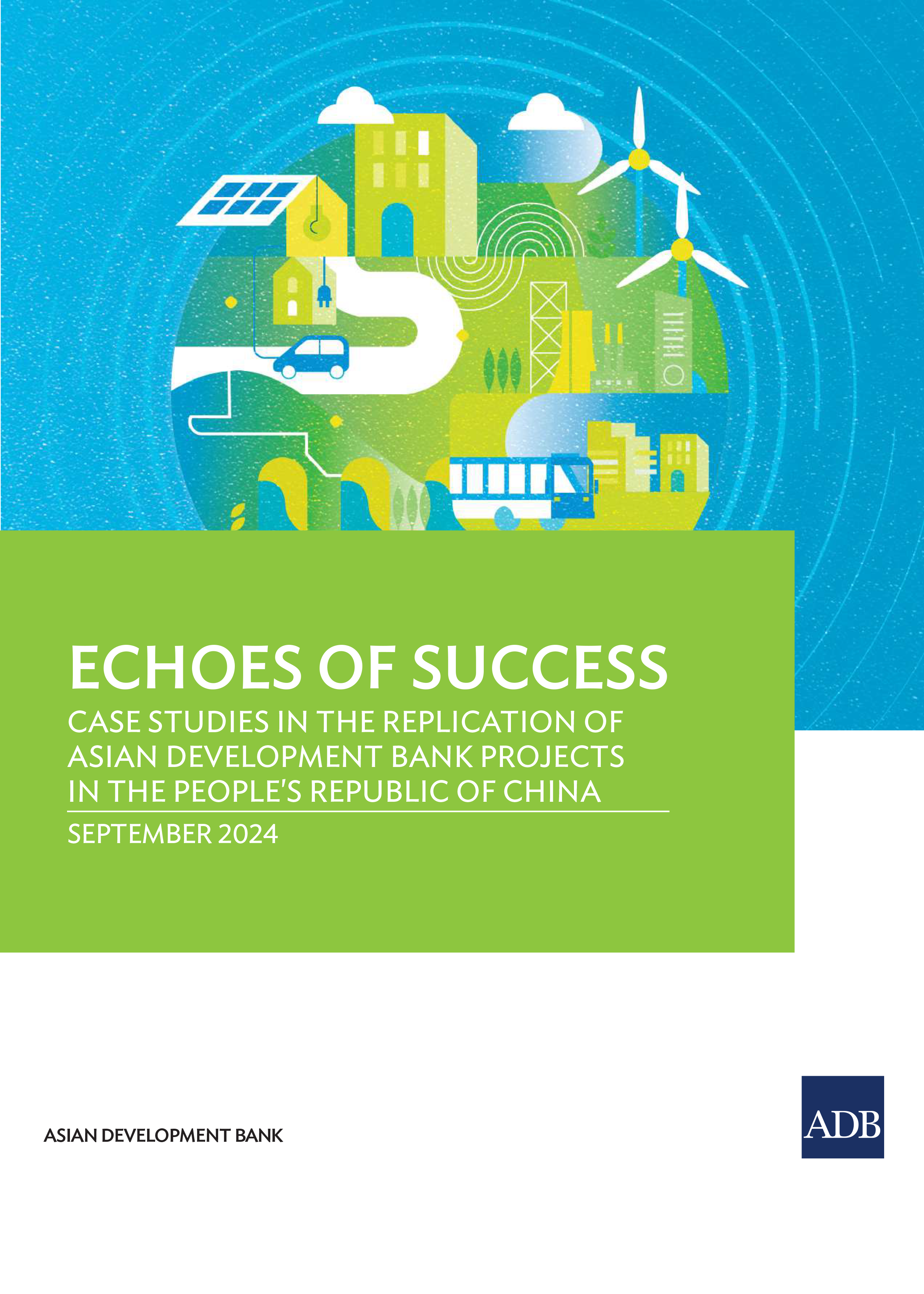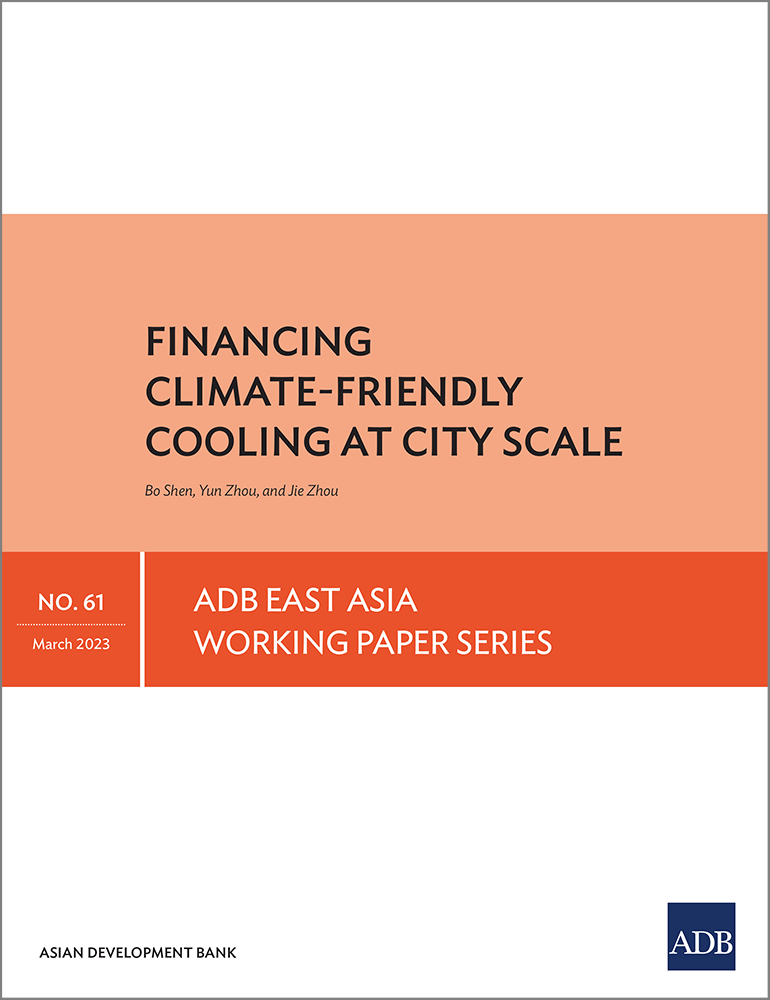Disasters are not natural. They are closely tied to development activities. They are the undesired outcomes of poorly planned development policy, decisions and practices.
Financial and infrastructure losses related to disasters triggered by natural hazards have grown substantially in many countries.
Disasters can severely threaten efforts to eliminate poverty and those who have recently climbed out of poverty can easily find themselves destitute once again after a calamity.
Poorer people often live in more disaster-prone areas, with poor infrastructure and weak coping capacity, both financially and technically. They are therefore highly vulnerable to the impact of disasters.
Such vulnerability is even more pronounced for medium-sized and small businesses, especially micro-enterprises, which are often unable to pay their debts when their assets are destroyed.
Historically, disasters were considered unpreventable natural events. The approach to disaster management has been predominantly reactive, focusing on managing their impact through immediate relief and recovery assistance.
This traditional disaster management tends to be passive, costly, insufficient and inefficient, failing to address root causes of disasters. Considerable research has revealed that relying solely on post-disaster response consumes substantial human and financial resources, often in repetitive cycles of recovery and loss.
The fact is that the cost and needs of disaster response cannot be met in a growing number of countries, where the impact of earthquakes and floods that occurred years ago are still visible today.
In contrast to traditional disaster management, disaster risk reduction adopts a proactive stance. Disaster risk management begins with disaster risk reduction, which aims to prevent or mitigate the impacts of disasters before they occur and should be fully integrated into the development process, according to ADB’s 2021 Revised Disaster and Emergency Assistance Policy.
Effective disaster risk reduction strategies encompass a wide range of interventions, including hazard mitigation, exposure control, and vulnerability reduction. These strategies are implemented through both structural measures—such as flood defenses and earthquake-resistant buildings—and non-structural measures, including comprehensive land-use planning and stringent building codes.
When disaster risk reduction strategies are no longer cost-efficient, disaster risk management seeks alternative solutions that focus on preparedness and response to manage residual risks, where disaster risk financing instruments can transfer extreme and unabsorbable disaster risks to the insurance industry or capital markets.
Additionally, a robust social protection network is critical to ensure that support is promptly delivered to affected individuals and businesses. An asset registry system helps guide distribution of post-disaster support, along with multi-level coordination among different stakeholders and responders. This helps verify disaster impacts and reduce errors in targeting those most needy during post-disaster relief efforts.
Disaster risk management requires a proactive, integrated approach that prioritizes preventive measures and resilience-building to mitigate the impacts of natural hazards on development and vulnerable populations.
Development decisions should be made carefully, sufficiently exploring and considering major risks due to natural hazards. Failure to consider the full range of disaster risk management measures often leads to inefficient allocation of resources, overlooked synergies, and the introduction of new threats to that very same development process.
Decision makers need to adopt a cost-effective approach to consider the full range of disaster risk management measures within a limited budget, prioritizing those that can yield high direct benefits (loss reduction) as well as co-benefits such as economic development and improvements in environmental, social, and governance aspects.
Deliberations on disaster risk management measures should not be driven solely by the goal of reducing asset losses, as this is unfair to the poor, who possess fewer assets.
Instead, decision-making on disaster risk management measures should prioritize reducing harm to welfare, taking into account the impact of disasters on public and household consumption.
Vulnerable groups, including the poor, elderly, children, disabled individuals, and women, face disproportionate challenges before, during and after disasters. Therefore, disaster risk management measures must be inclusive, starting with comprehensive disaster risk identification and assessment—a step often overlooked due to the lack of proper indicators and data.
Failing to protect these groups can lead to imbalanced development, social instability, and the erosion of efforts towards poverty eradication and sustainable development.
Disaster risk management aims to build resilience to natural hazards and prevent disasters. Resilience is gauged by the ability to reduce immediate losses and recover swiftly. With disaster risk reduction fully implemented in the development process, after a period of recovery and reconstruction, the society will fully return to pre-disaster conditions or even better.
The generation of more disaster risks, due to long-practiced risk-insensitive development, is threatening the achievement of the sustainable development goals by 2030.
Each society faces different challenges due to geographic and economic differences and the impacts of climate change. A full range of disaster risk management measures needs to be available to cost-effectively reduce disaster losses and generate development benefits.
Implementation of an integrated approach for cost-effective disaster risk management requires coherent policy and regulations, vigorous information exchange, and adequate financial and human resources, which remains limited and far from becoming the mainstream of development processes.
A particularly daunting challenge is achieving well-coordinated action among agencies in charge of disaster emergency management and the various development sectors. To achieve sustainable development, it is paramount to build strong competencies and capacities in disaster risk management among various actors.
Lastly, as disasters often transcend geographic and political boundaries, regional collaboration allows countries and regions to leverage shared resources, knowledge, and strategies, addressing common risks and challenges.
By working together, countries and organizations can leverage each other’s strengths and avoid duplicating efforts, while sharing the costs of developing and implementing resilience-building initiatives.






